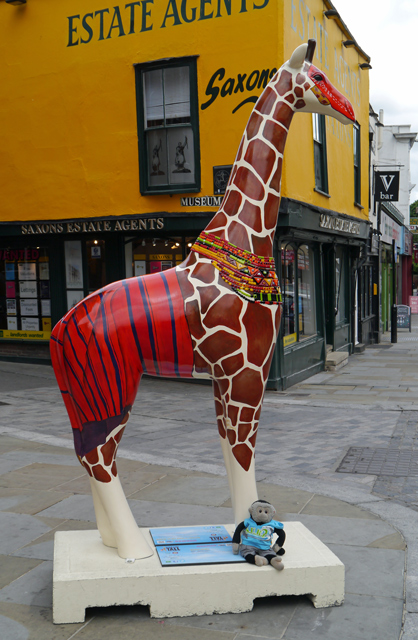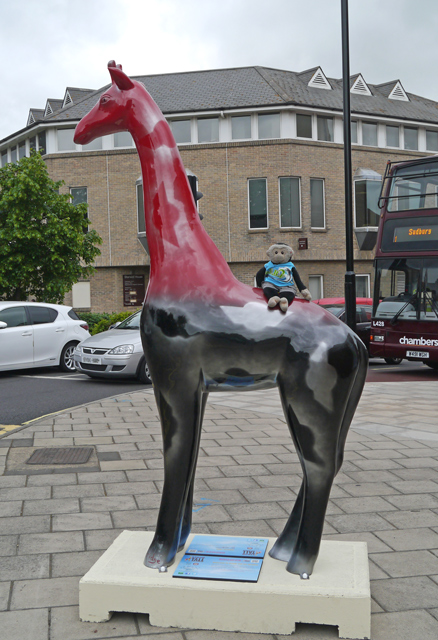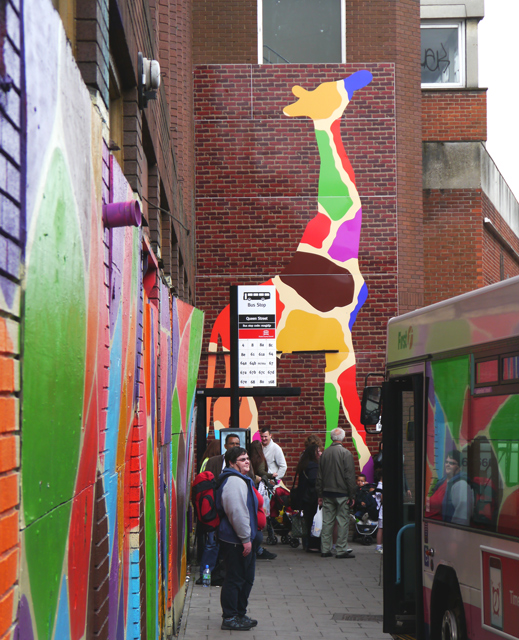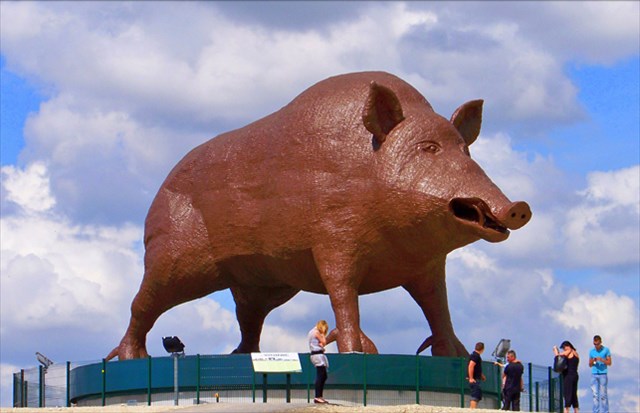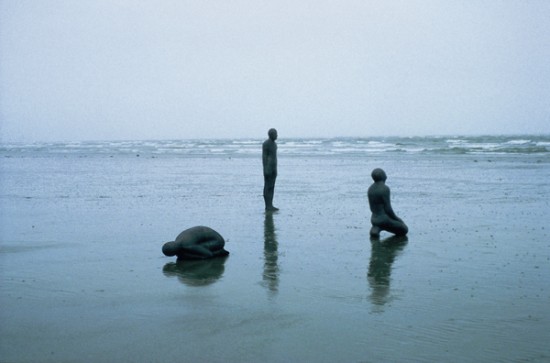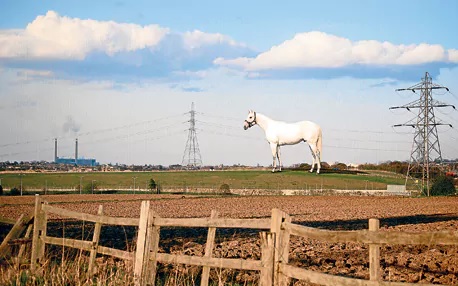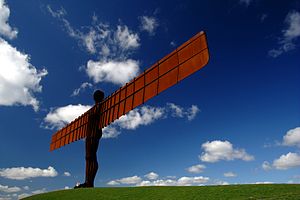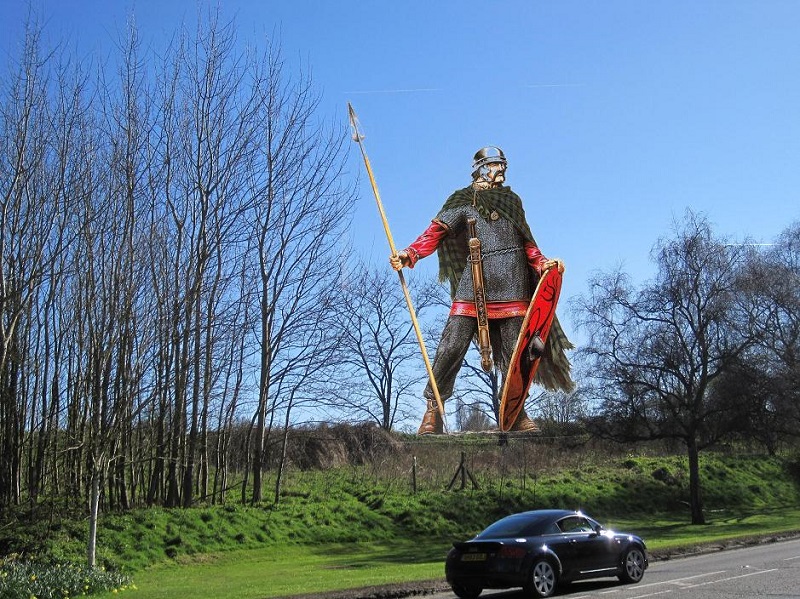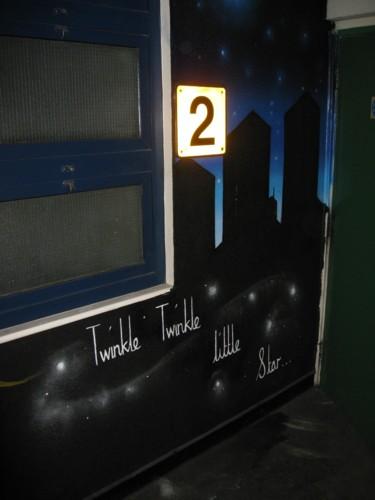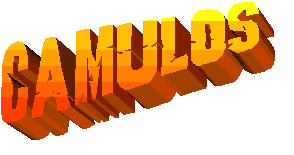C.
Let us next take a
look at our many murals, bas reliefs, etc.
below
A pair of bas relief sculptures that were taken away from
the old theatre, Albert Hall as was, in High Street, now
(2013) the Co-op Bank. Artist unknown. These two
sculptures are (we believe) depictions of the Greek
goddess Demeter (known by the Romans as Ceres) and were
intended to represent ancient and modern agriculture.
They may have been made to designs by Raphael Brandon.
Demeter was the sister of Zeus. Her name means
"barley-mother" or "mother earth" and goddess of
fertility. Sacred to her are livestock and agricultural
products (with the emphasis on corn), poppy, narcissus
and the crane. In the left hand sculpture she holds a
spade. She is holding on to a tree of some sort. There is
also a ring of various signs of the zodiac. In the right
hand sculpture she holds a sickle and a sheaf of corn. An
elaborate vine is also depicted.
1 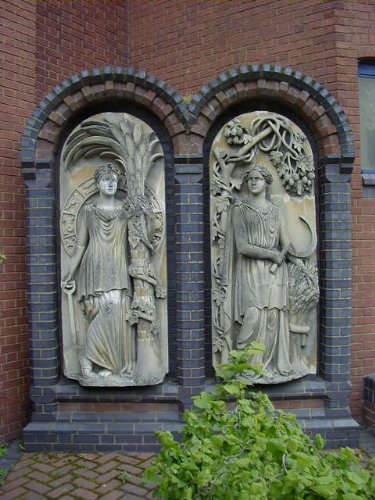
below
Something like 17 murals were created by artists Henry
Collins and Joyce Pallot in the 1970s and located in
various underpasses that were built during the
development of Southway. This one to mark the nearby site
of the Crouched Friars friary in what we now know as
Crouch Street.
2 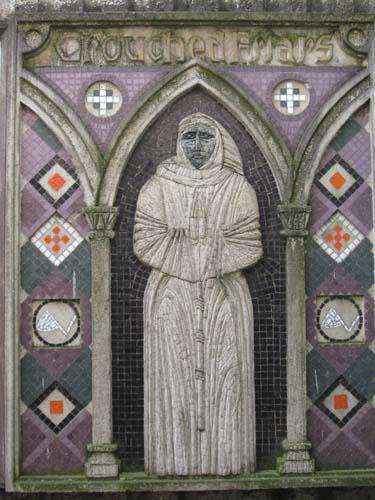
below
Marcus Favonius Facilis, a 1st century AD Roman
centurion who tombstone was discovered by archaeologists
and is now in the castle.
3 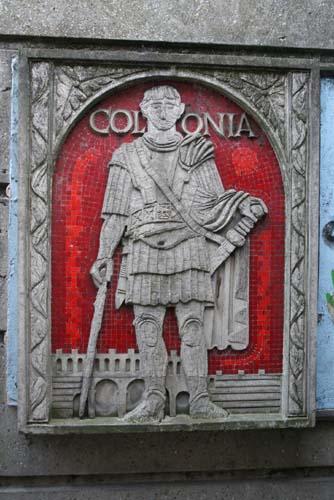
below
Eudo Dapifer, steward to William the Conqueror and
responsible for the building of Colchester Castle and
other structures.
4 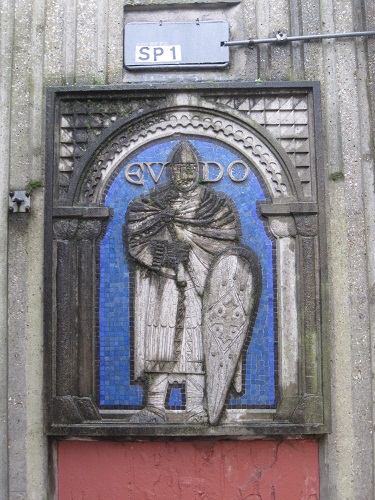
below
Tiberius Claudius Caesar Augustus, also known as the
Emperor Claudius who ordered the invasion of Britain in
AD 43.
5 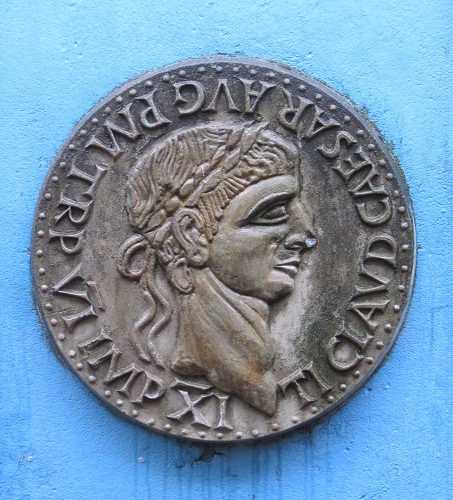
below
A block of sculptures depicting one of the many gold
coins minted by Cunobelin, king of the Trinovanties
around AD 30, a medallion to the Emperor Claudius, a copy
of a medieval seal showing a trading ship and an oyster.
Note also the juxtaposition of the green tag placed there
by some oik!
6 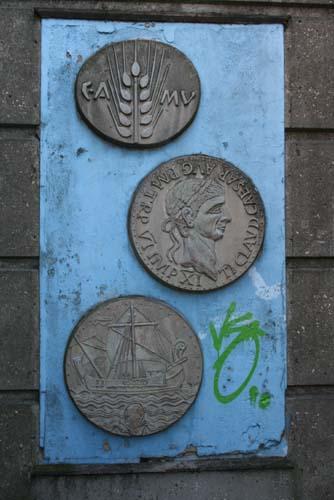
below
A further display of these Colchester specific emblems,
with the far left depicting our two twin towns (as was
the case when it was placed there) of Wetzlar in Germany
and Avignon in France. Note the highly polished mirror
above to give warning of footpads around the corner,
waiting to pounce on a weary pedestrian.
7 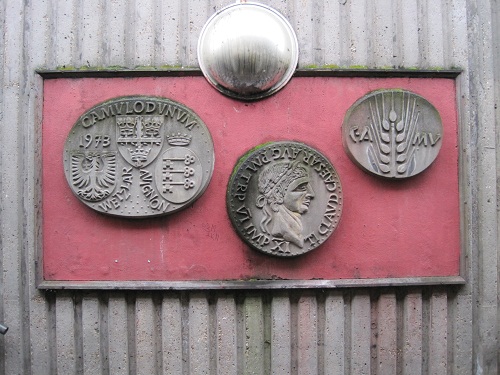
below
A close up of our twinning seal.
8 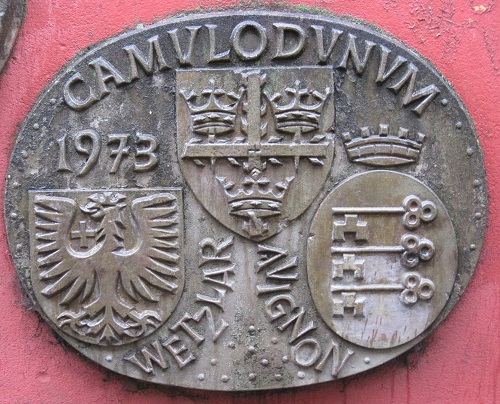
below
A few years later, further mural sculptures were
installed on the wall of the Sainsbury's store in Priory
Walk??? by Henry and Joyce Collins.
9 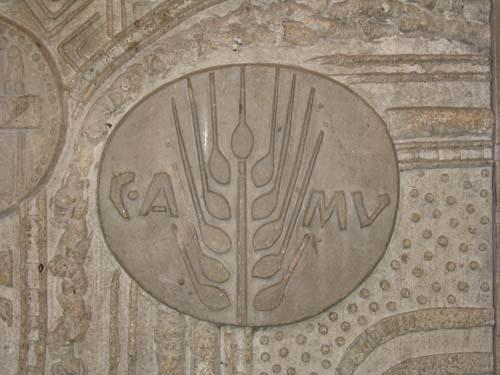
10 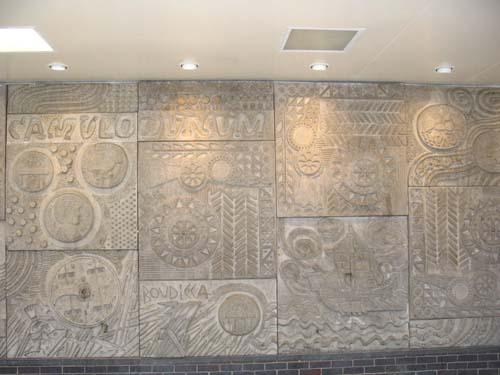
below
Again, in 2012, these murals were added to the wall of 15
Queen Street with official backing. A firstsite article
was produced as
follows:
Three
concrete panels, made by Joyce Pallot and Henry Collins
were originally made for Colchester’s BHS frontage
in 1976. They were removed during redevelopment of the
Lion Walk Shopping Centre in 2009 and firstsite took this
opportunity to restore the panels and locate a new home
for them, here, at 15 Queen Street.
Pallot
and Collins met at Colchester Art School in 1932. They
began working together on public art commissions in 1948,
and completed over 60 in the UK. Their pioneering
partnership lasted over 62 years. The technical drawing
skills of Collins, and Pallot’s rigorous research
into each site and commission, combined to form a unique
talent.
In
their hometown of Colchester, examples of their work can
still be seen in the underpasses along Southway, and the
1969 work made for the central Sainsbury’s store
frontage. This was the first in a long series of murals
for the firm, and led the way for commissions by other
companies including BHS. The Sainsbury’s mural is
unique in its creation through collaboration because the
artists worked with two Colchester companies,
architectural practice Stanley Bragg and building firm
Huttons.
For
each new commission the couple would extensively research
into the history of each place, incorporating events and
figures of local significance into their designs; a sun
symbol was designed and used exclusively in all the
murals for Sainsbury’s and a basket of produce for
BHS.
Skillington
Workshop were commissioned by firstsite to restore the
panels now on display. We’d like to thank Simon
Nadin and Paul Wooles for the sterling job! They took
about a week, cleaning and performing minor repairs to
the concrete. We heard them tapping and drilling away to
fix the angle iron frames to the outer
wall.
This one of a farming and
harvesting theme.
11 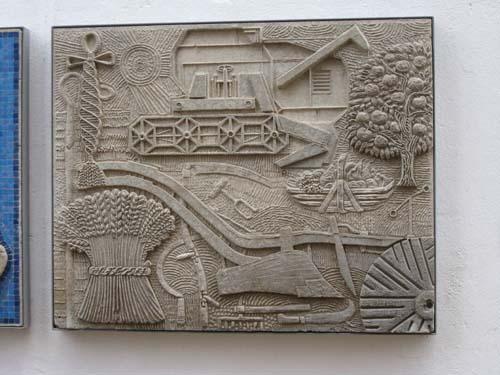
below
Food and drink themed.
12 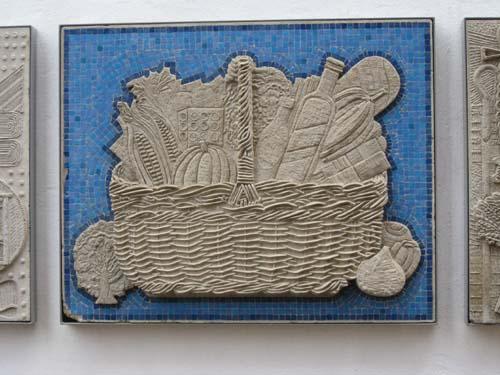
below
Spinning and weaving themed.
13 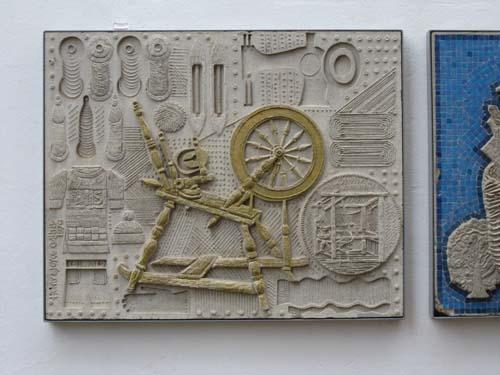
below
In 2012, a big drive to smarten up the Hythe resulted in
several pieces of art added to the uninspiring
architecture of the area. This one created by
Firstsite.
14 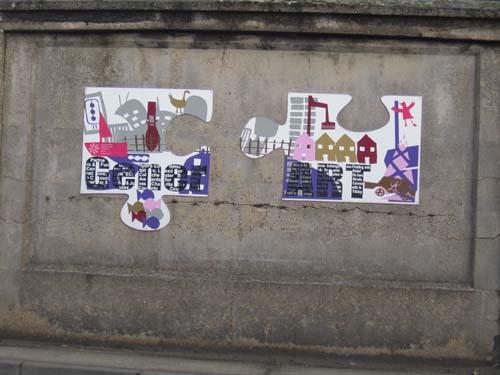
15 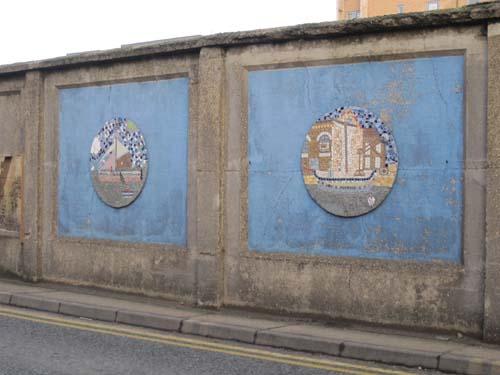
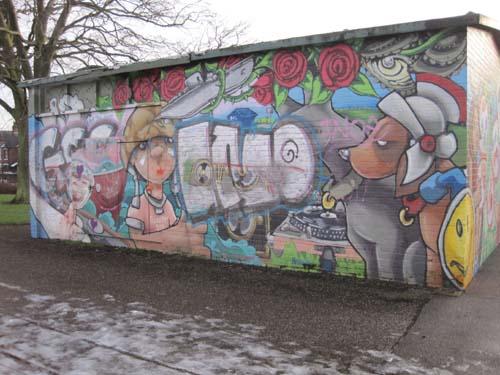
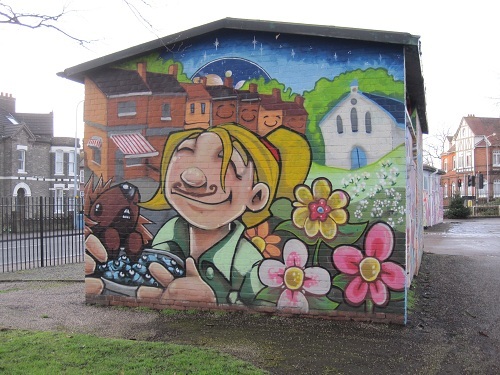
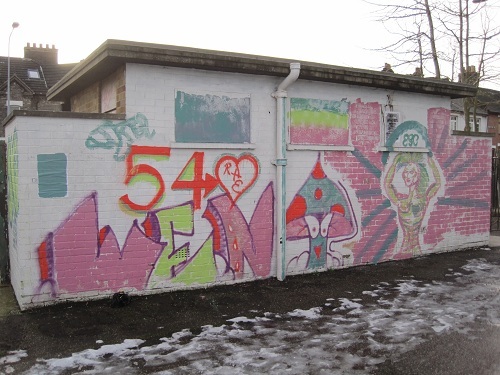
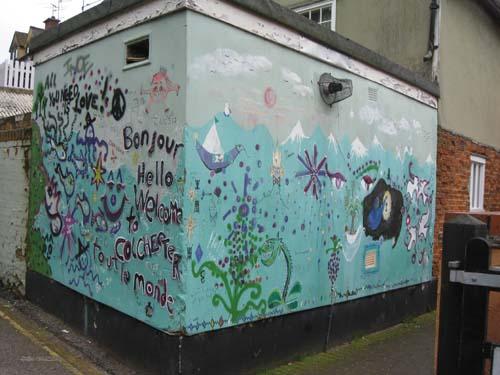
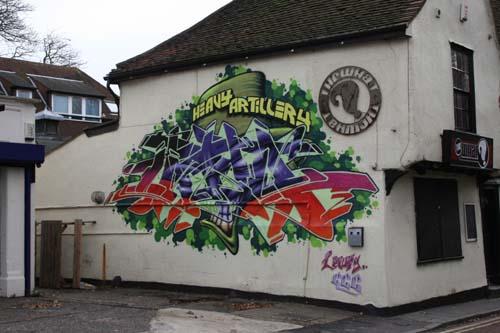
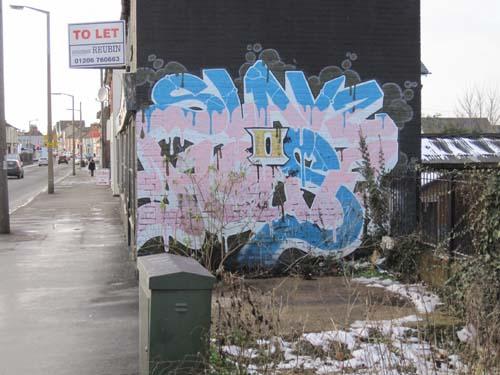
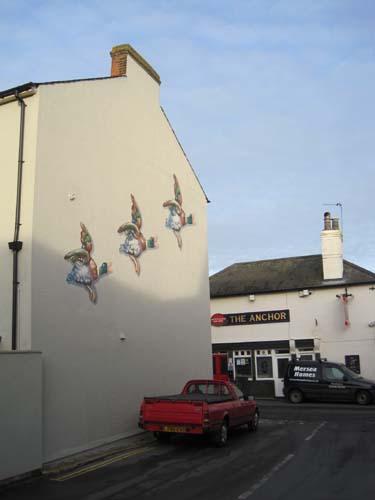
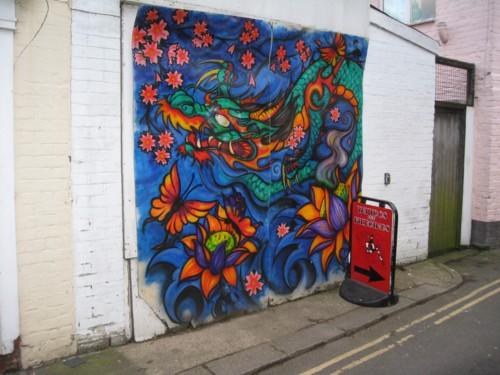
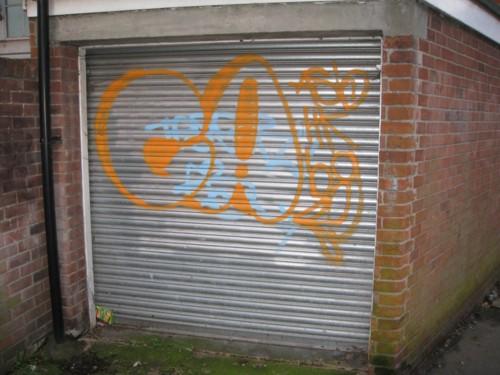
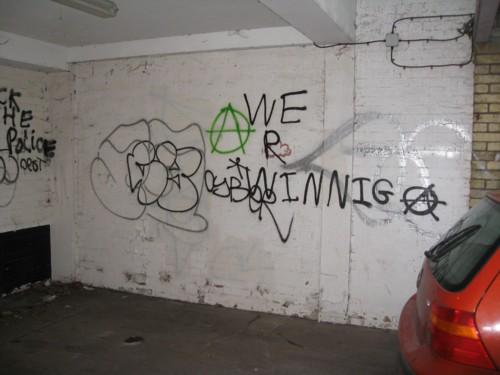
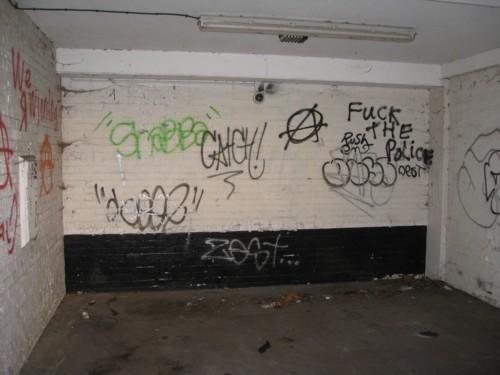
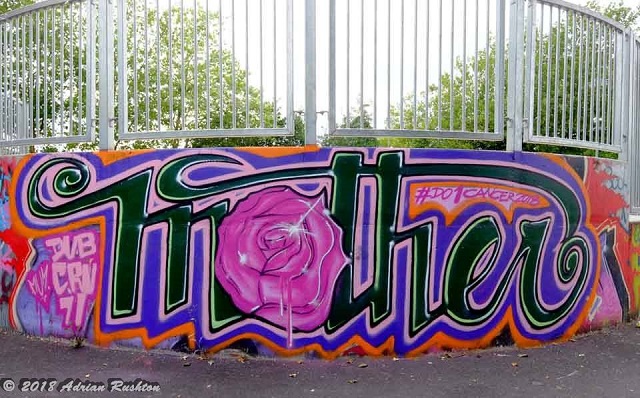

















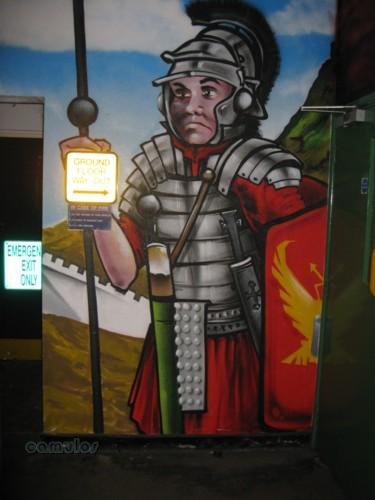
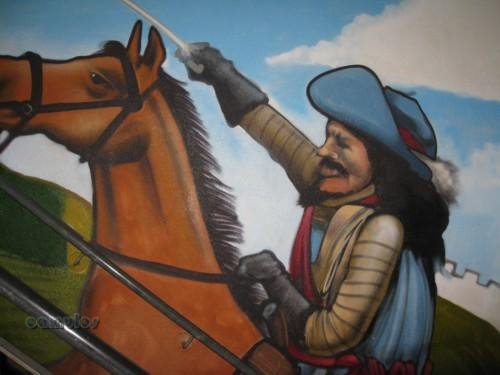
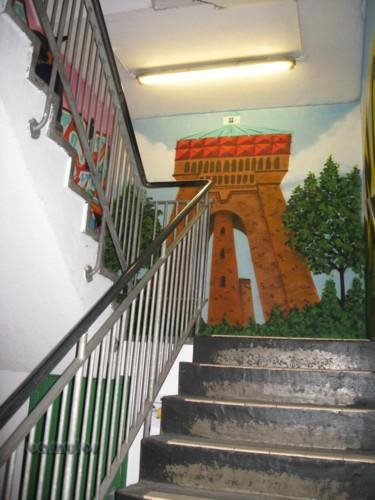
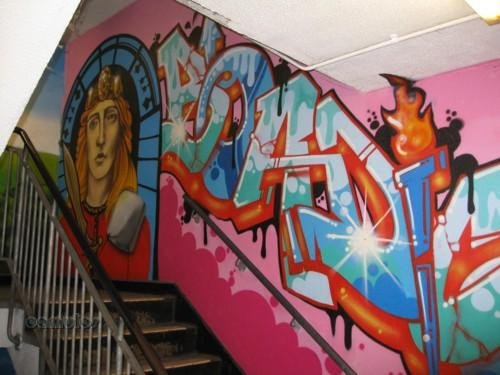
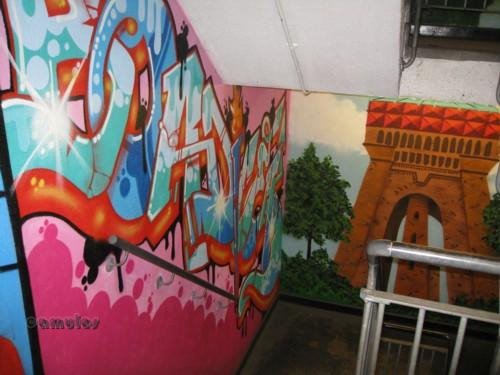
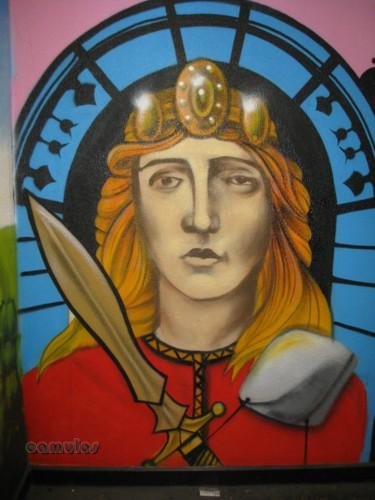
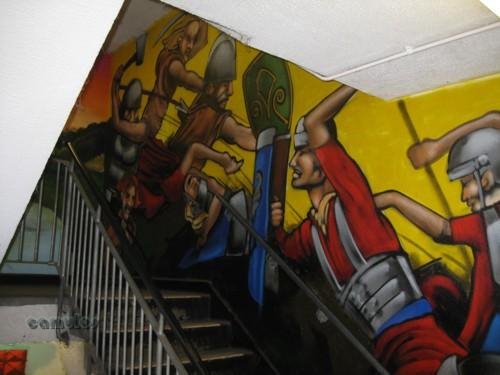
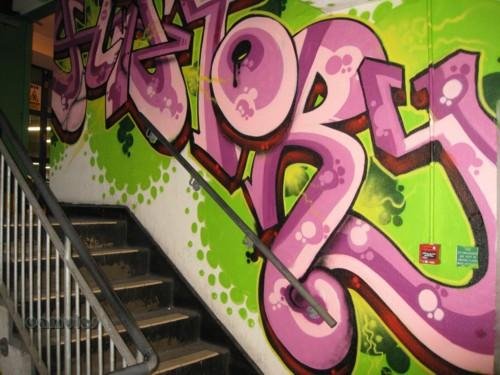
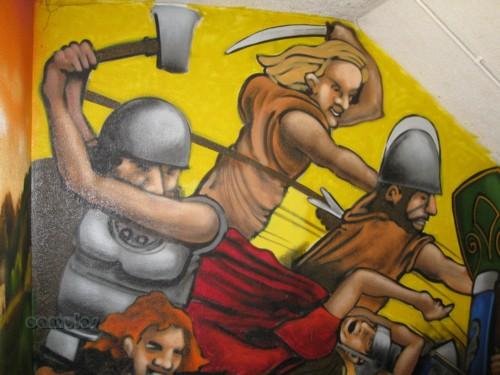
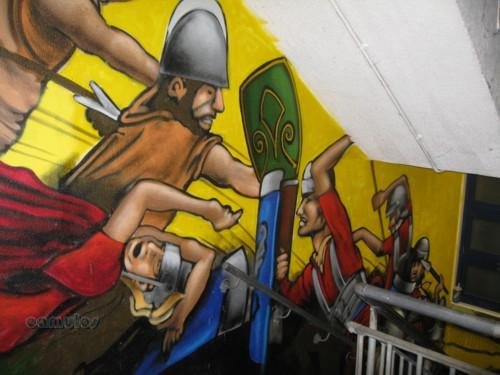
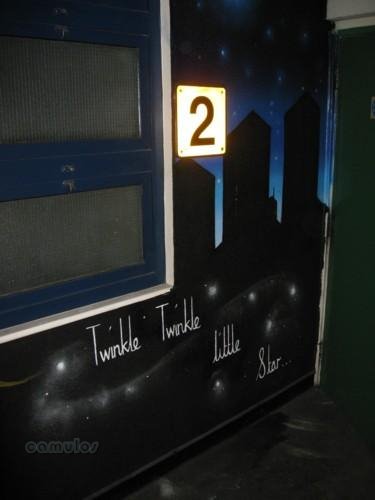
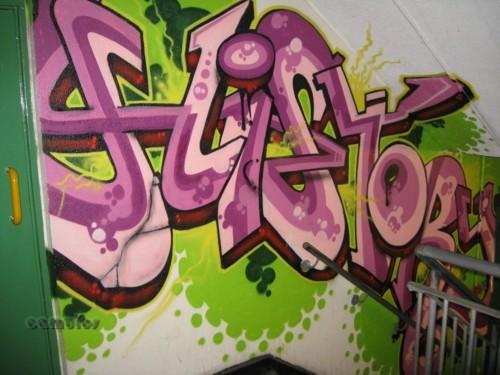
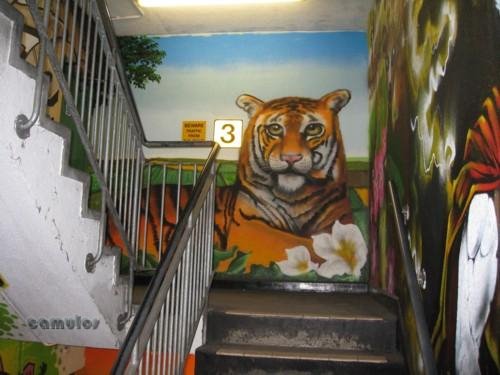
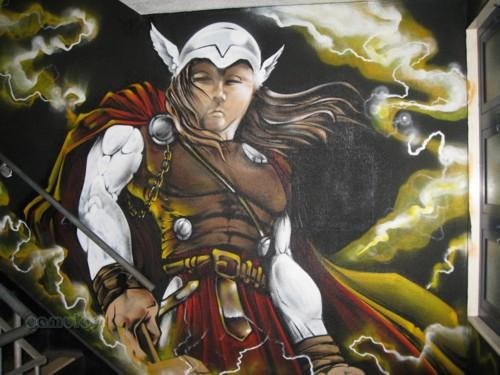
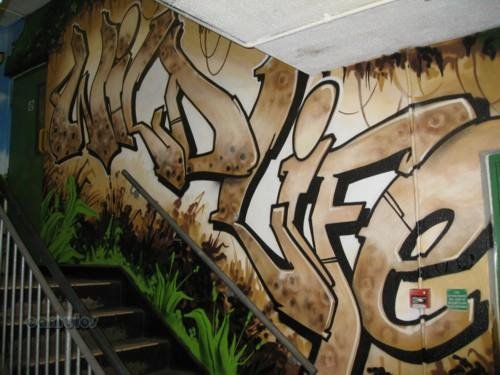
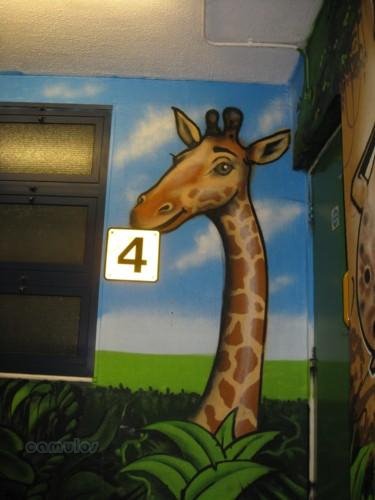
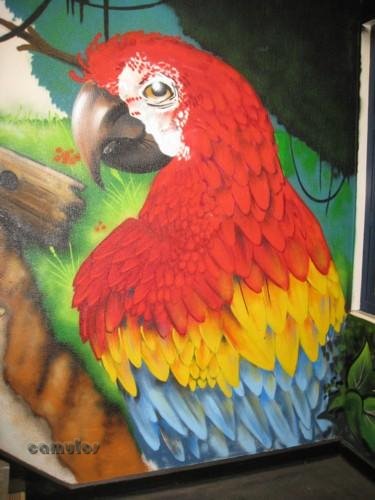
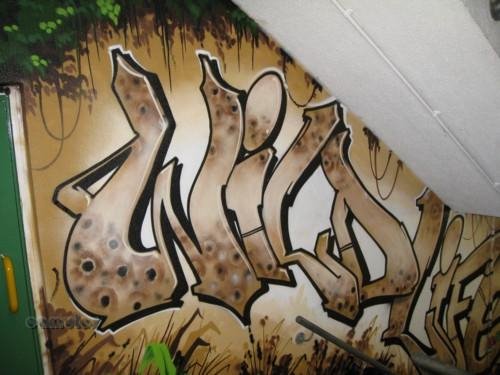
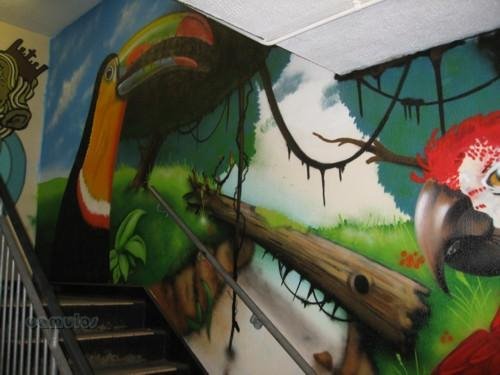
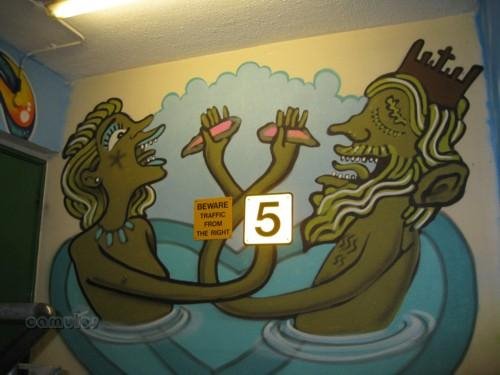
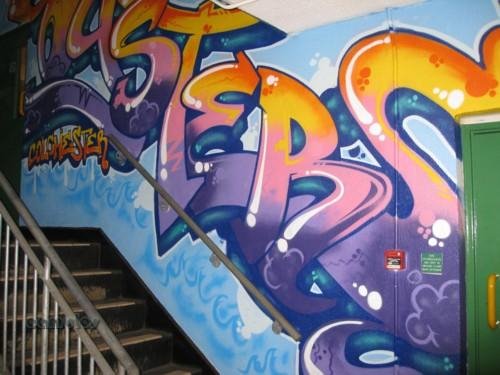
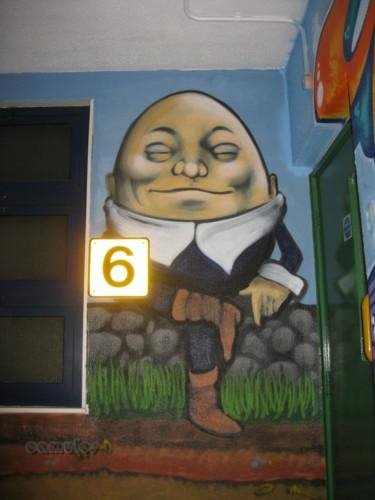
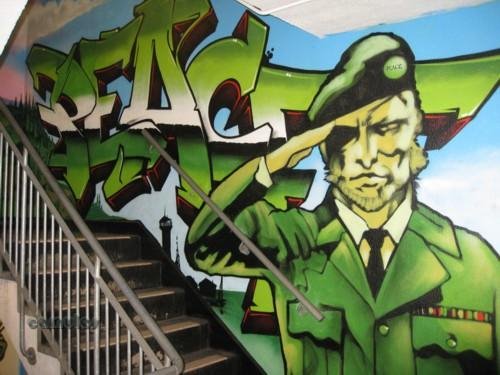
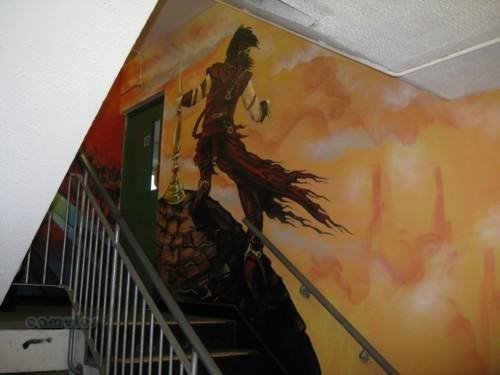
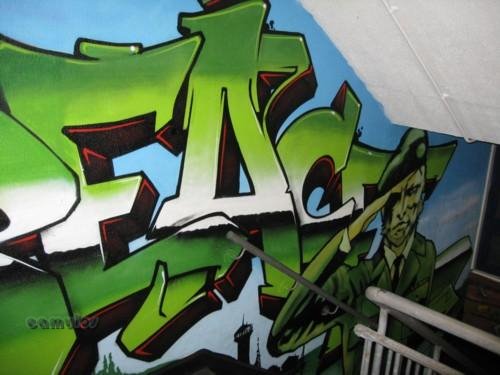
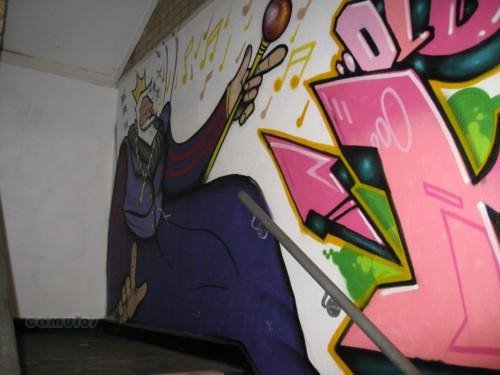
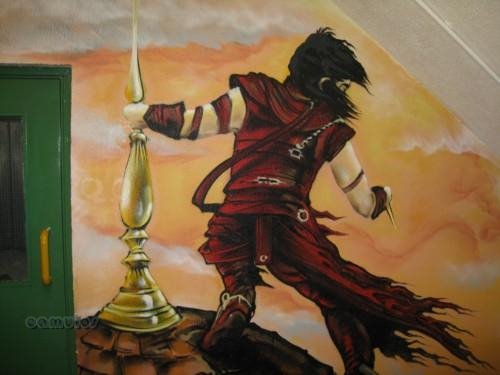
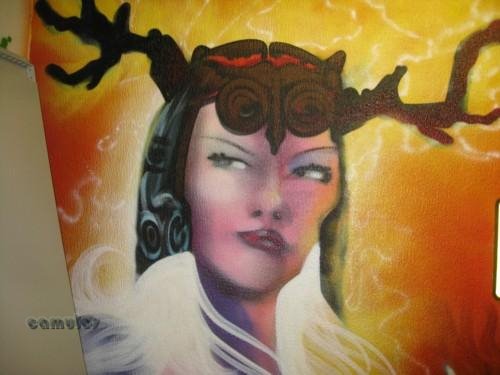
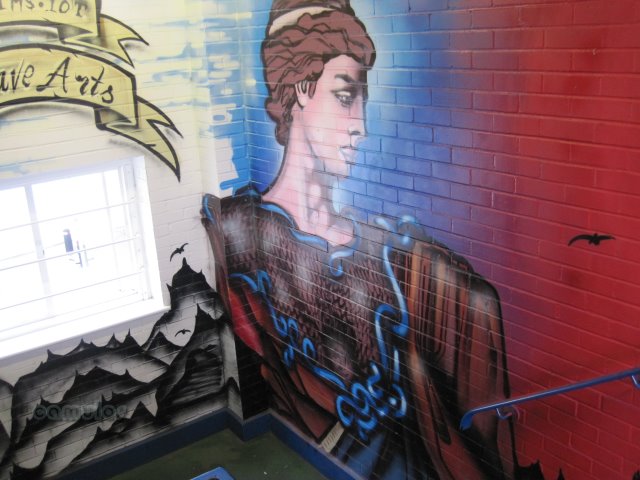
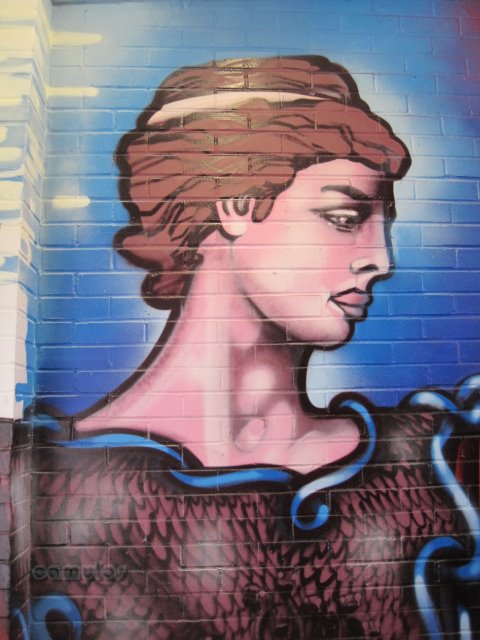
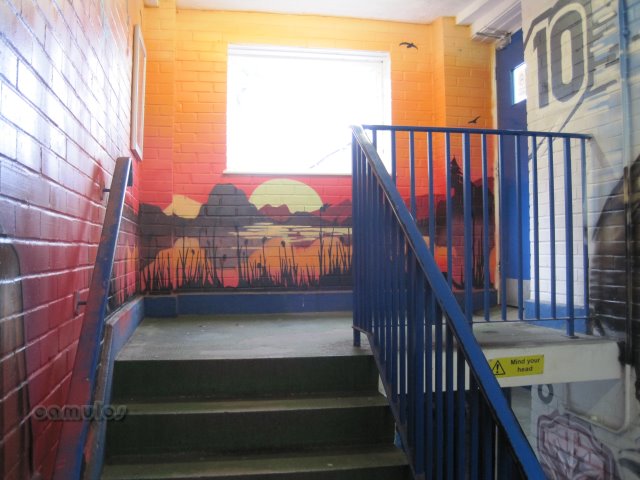
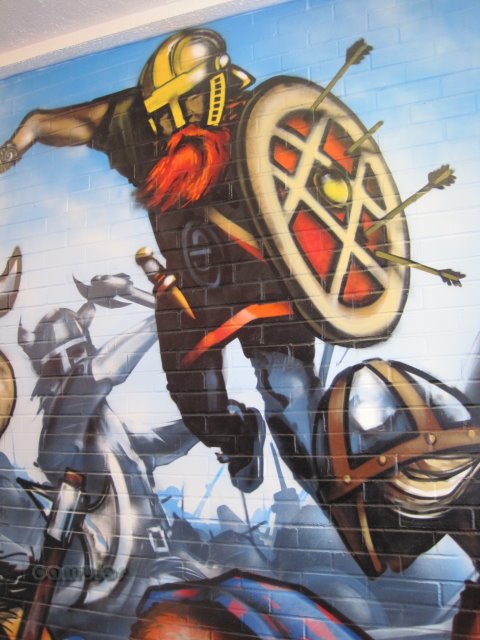
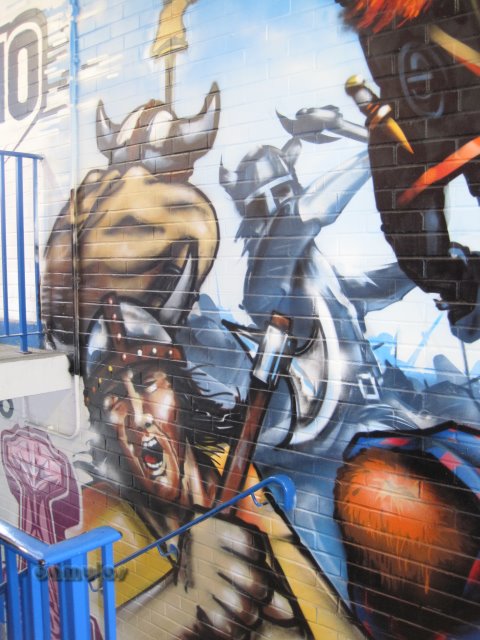
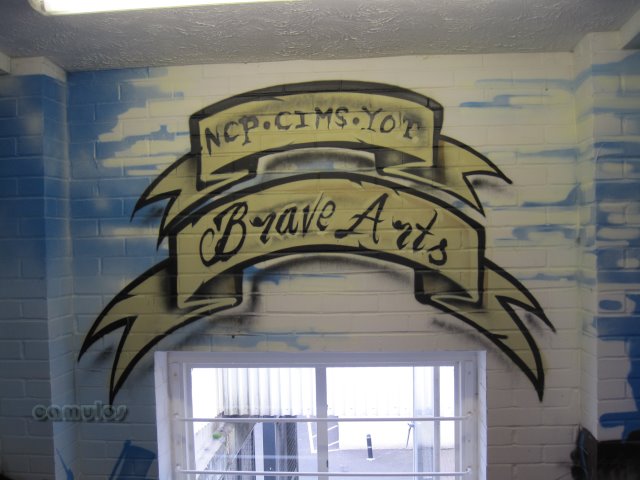
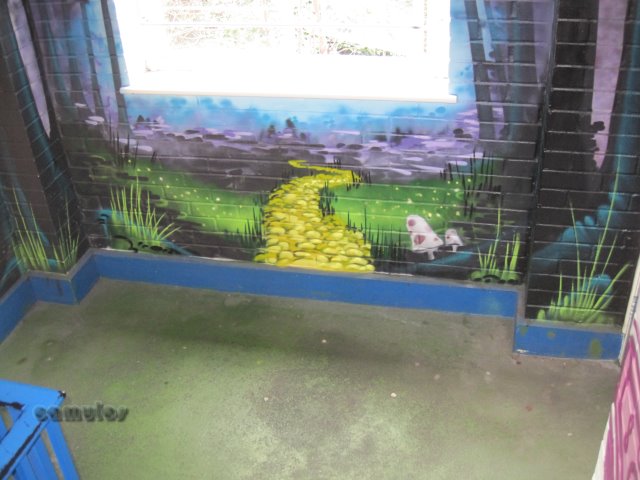
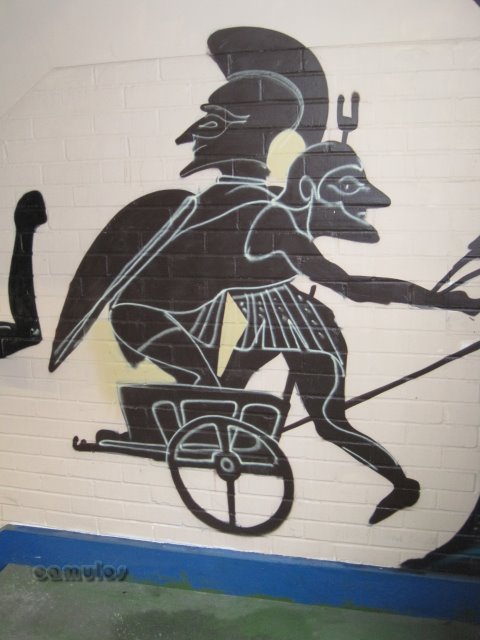
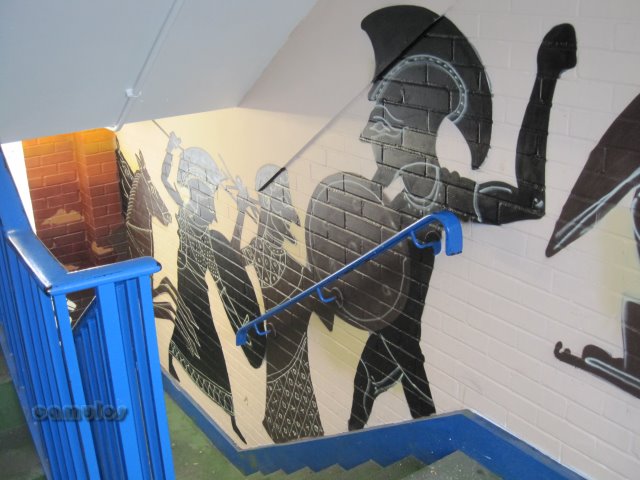
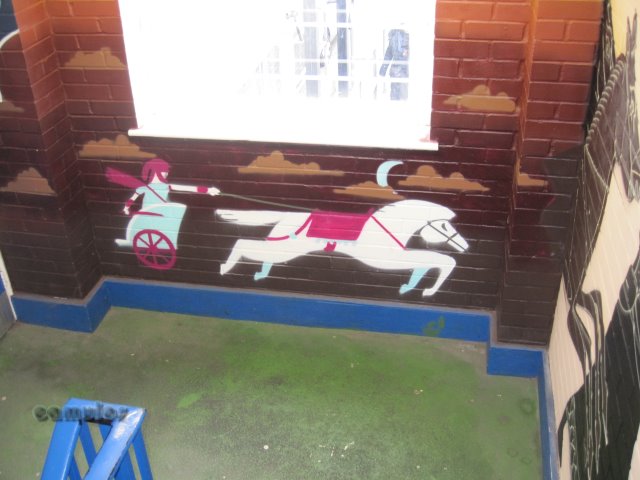
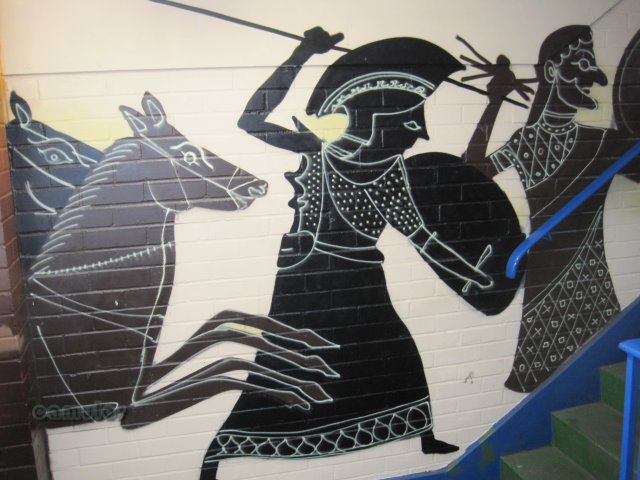
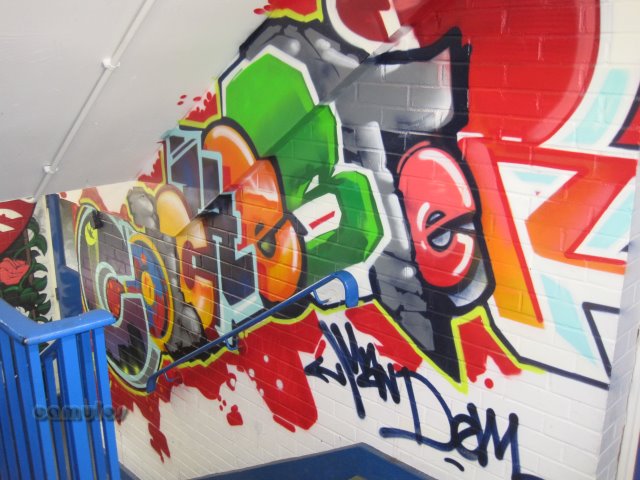
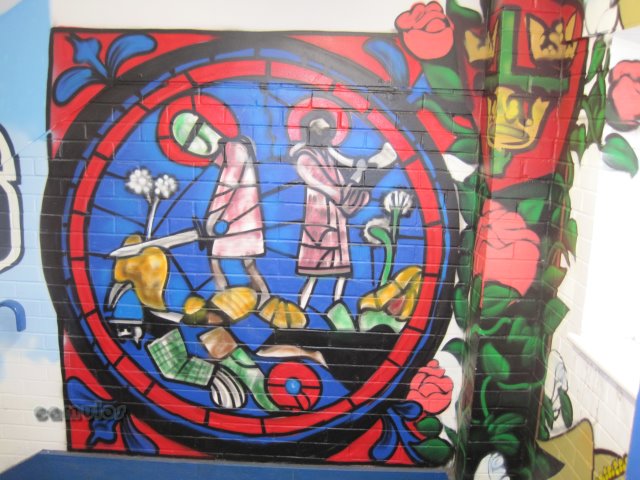
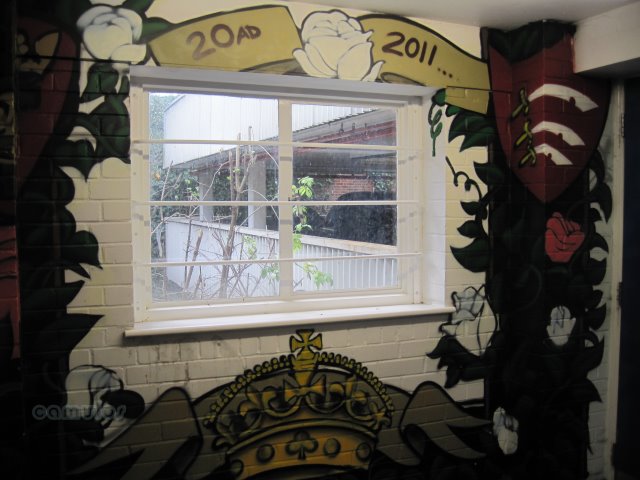
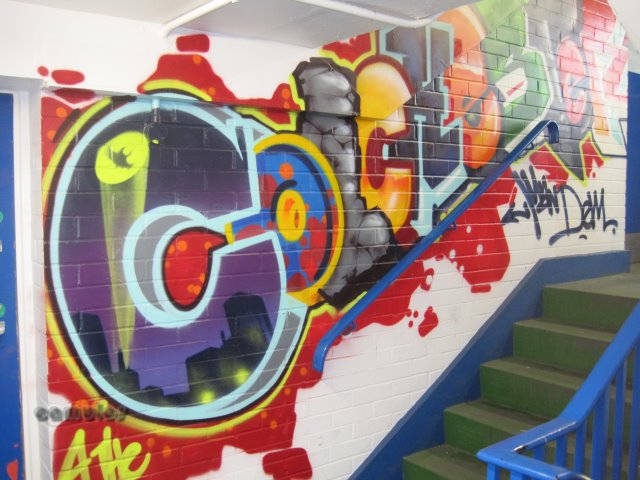
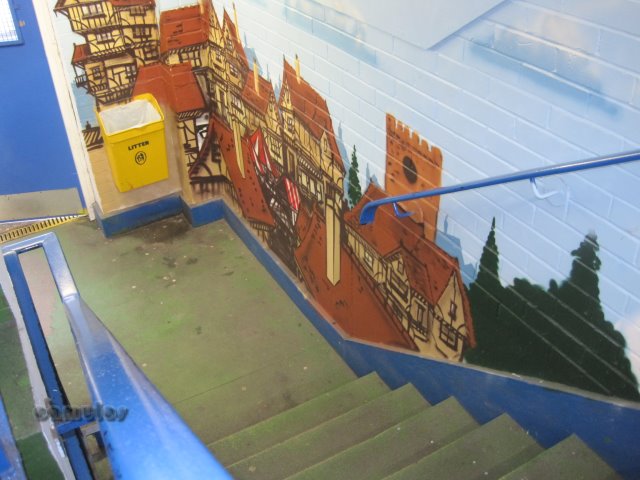
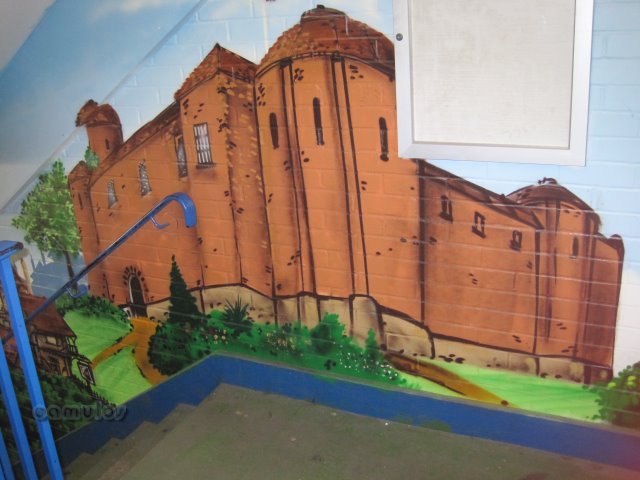
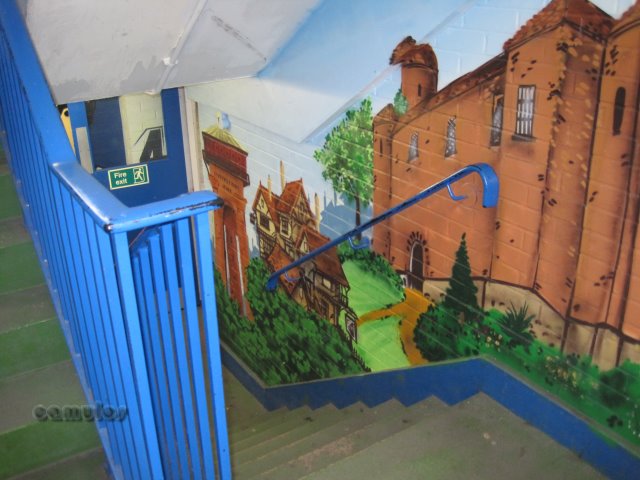
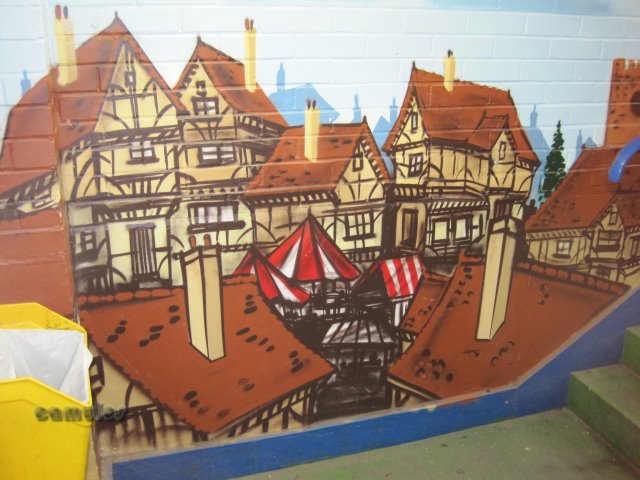
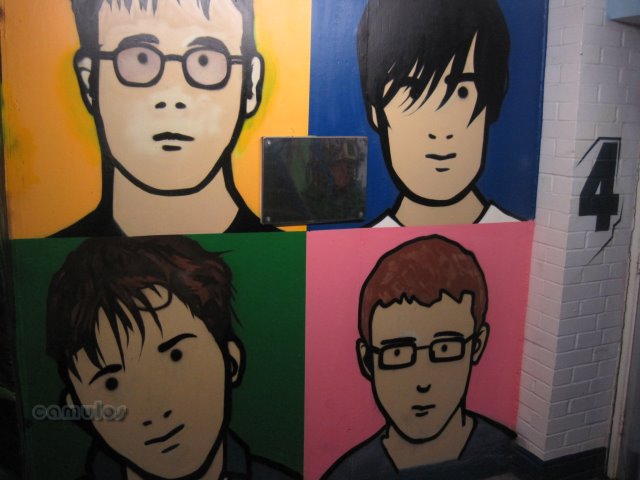
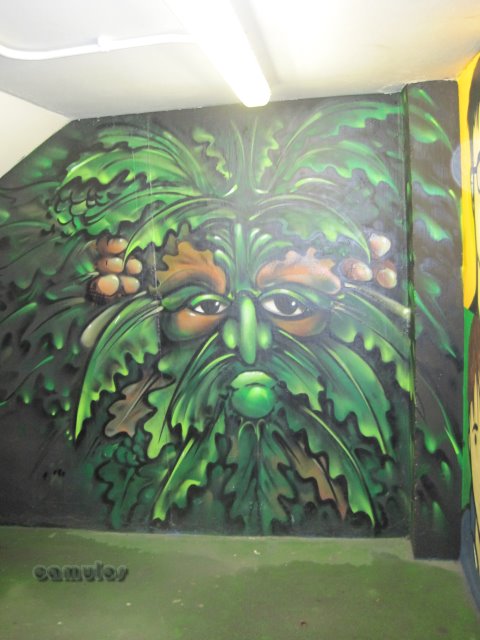
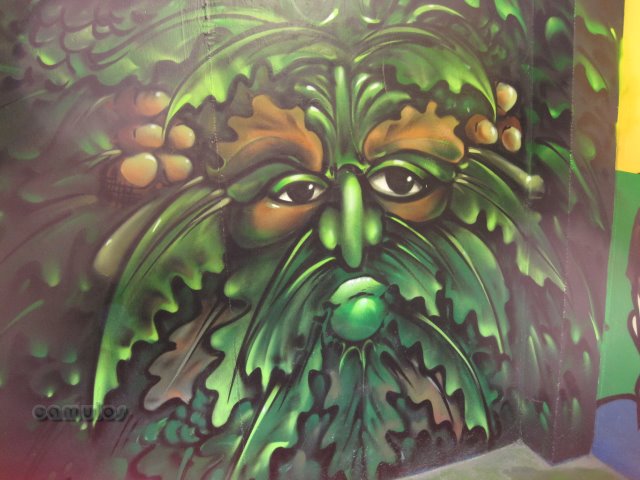
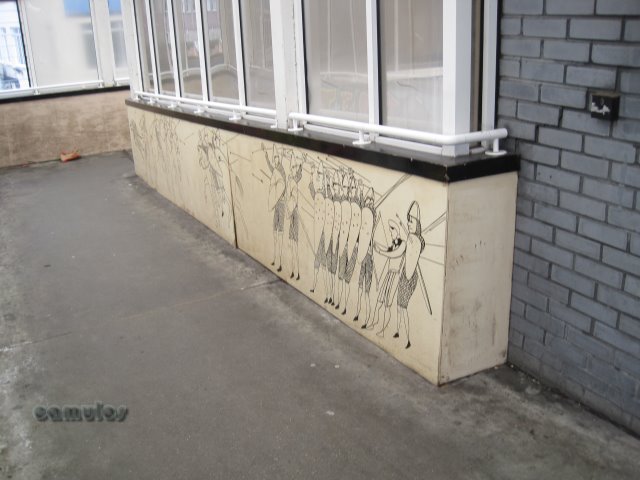
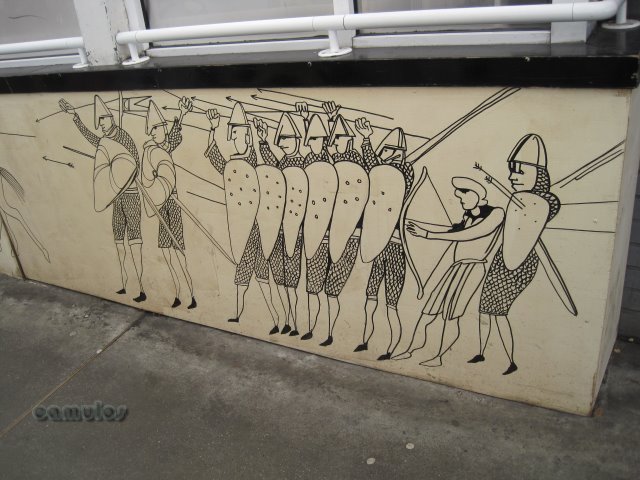
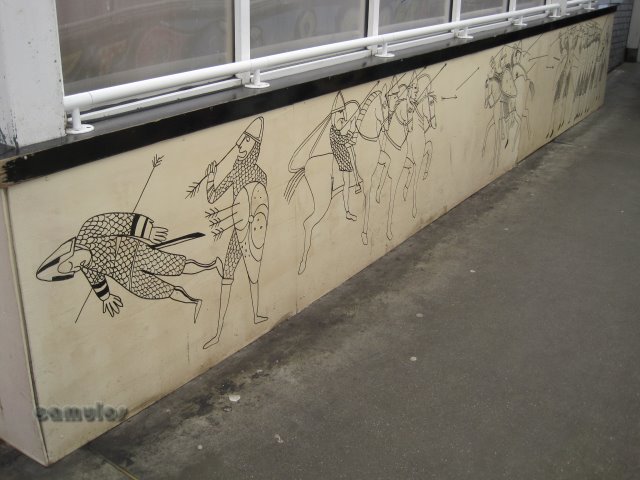
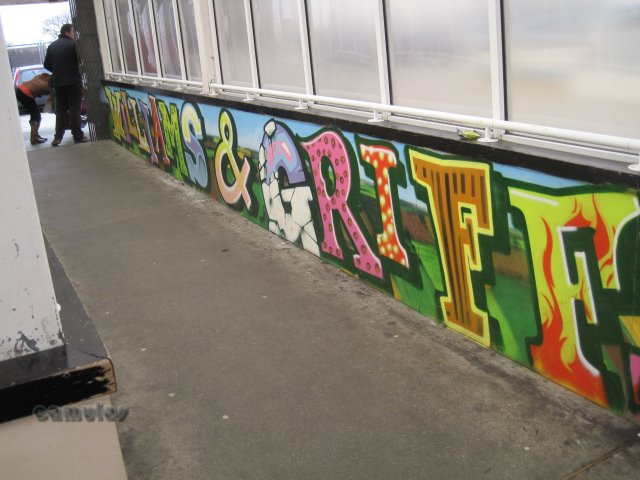
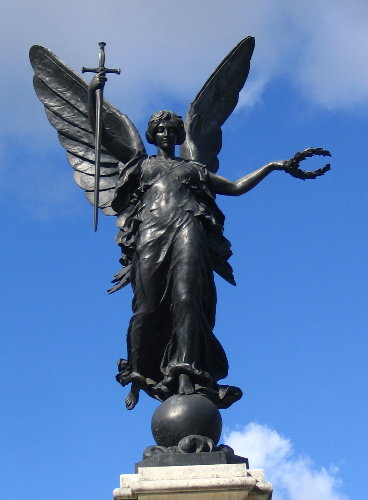 2
2 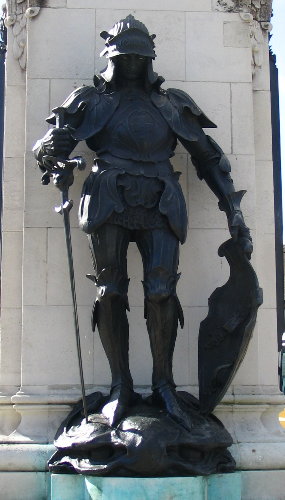
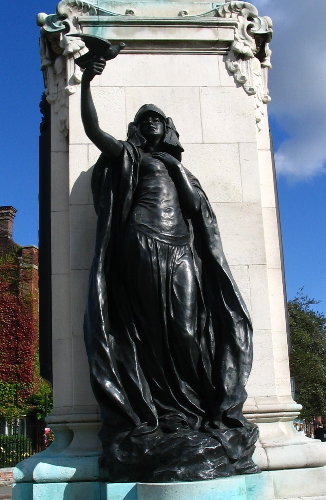
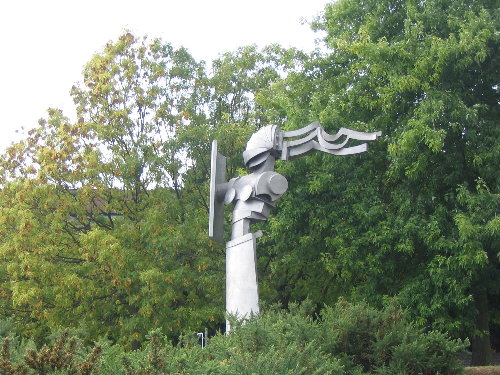
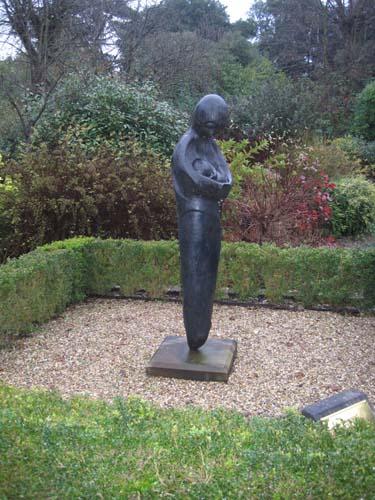
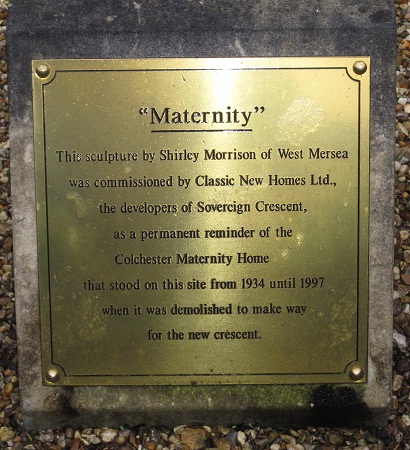
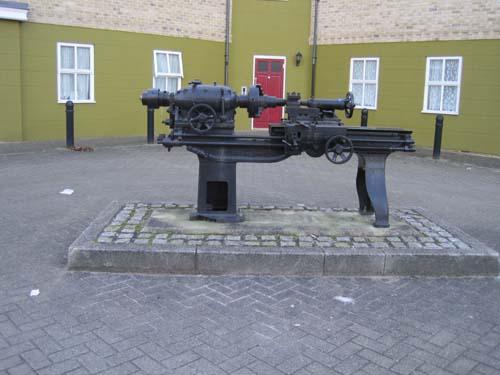
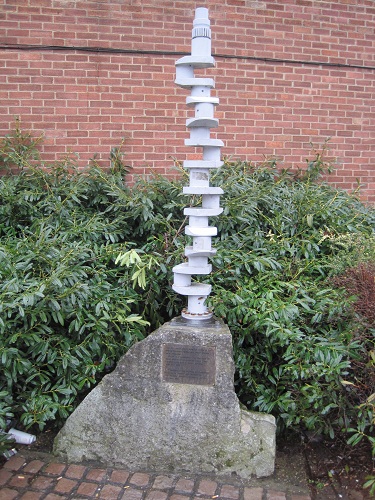
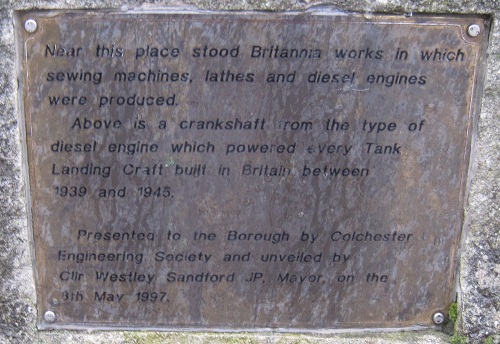
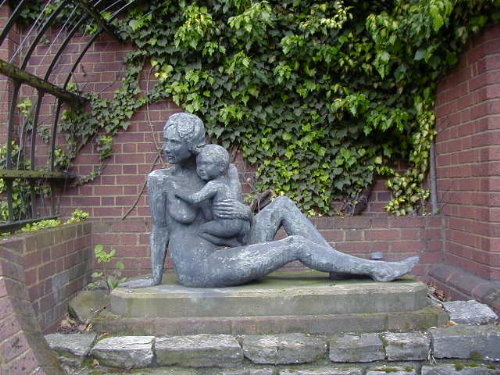
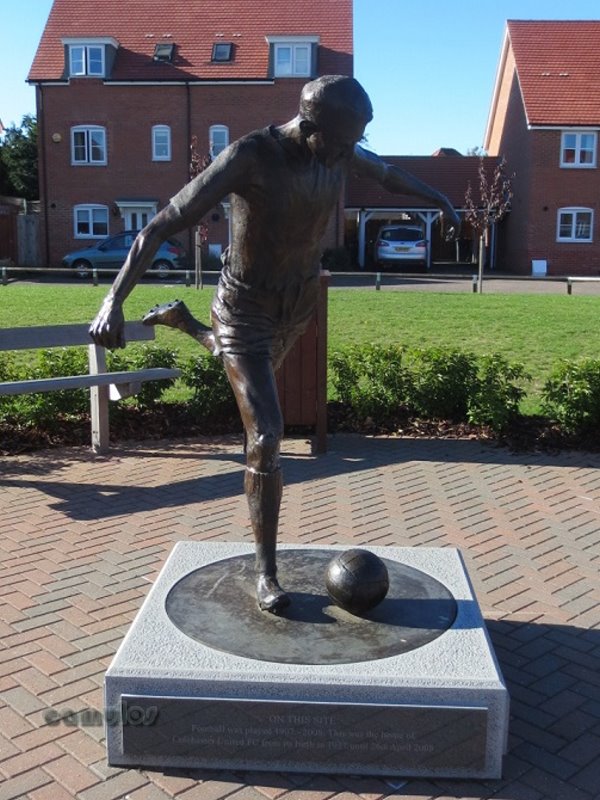
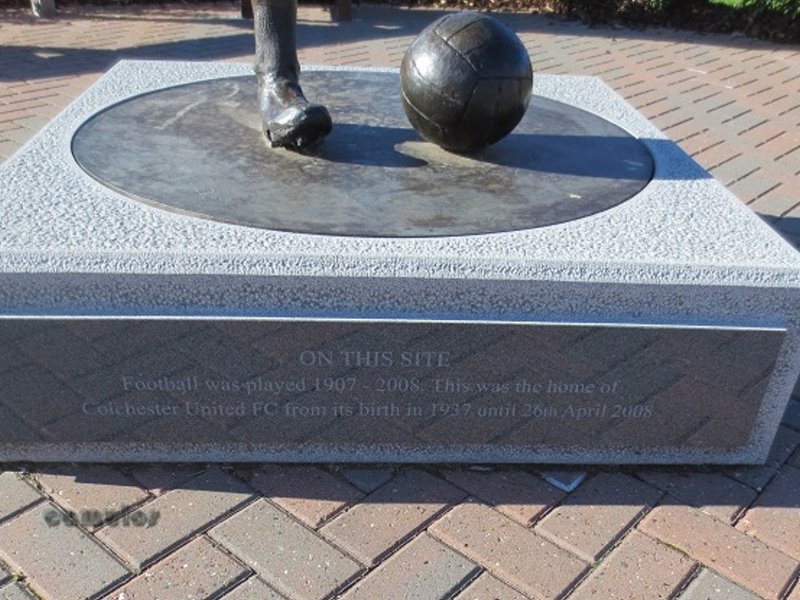
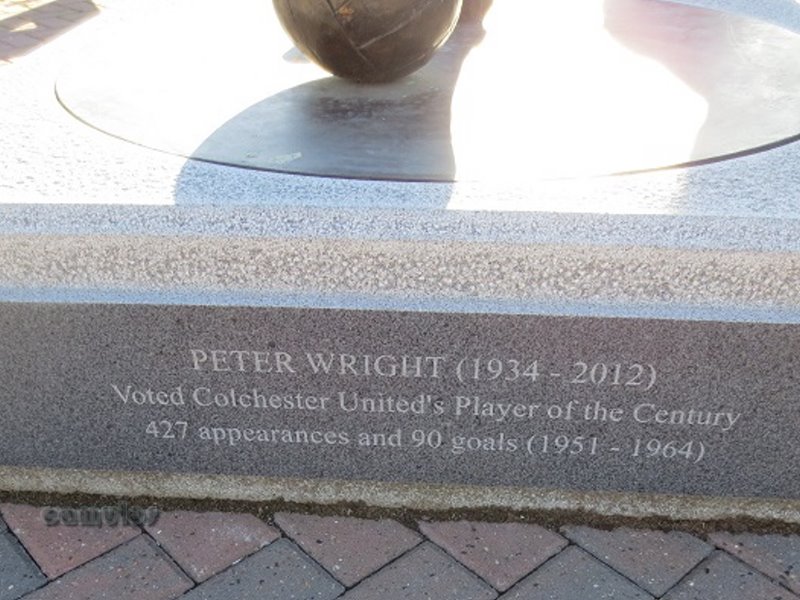
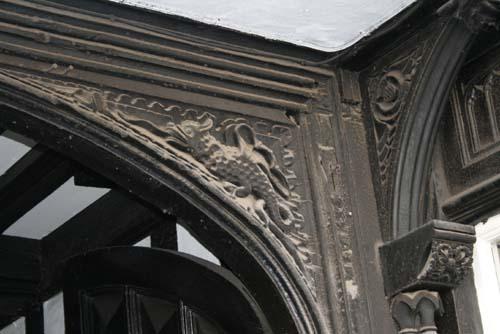
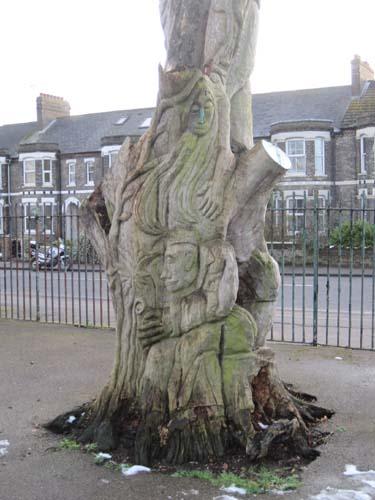
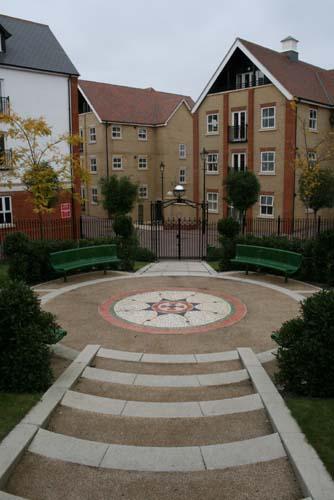
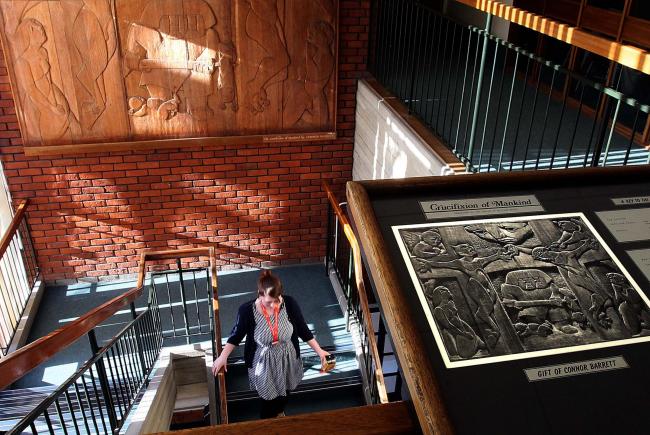
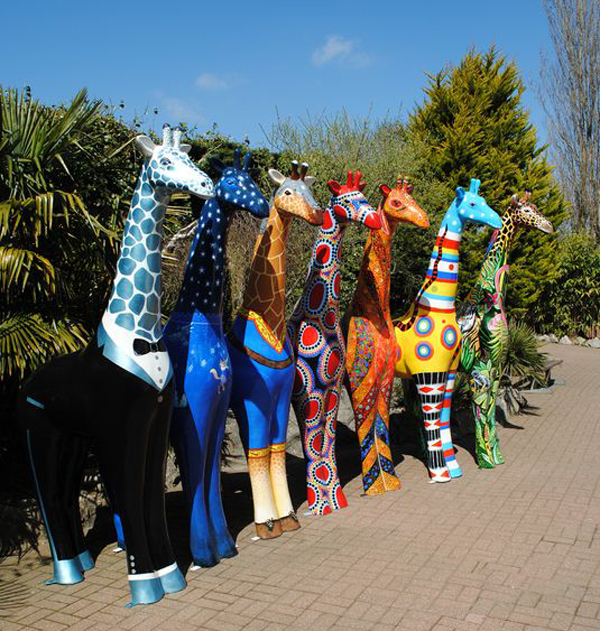
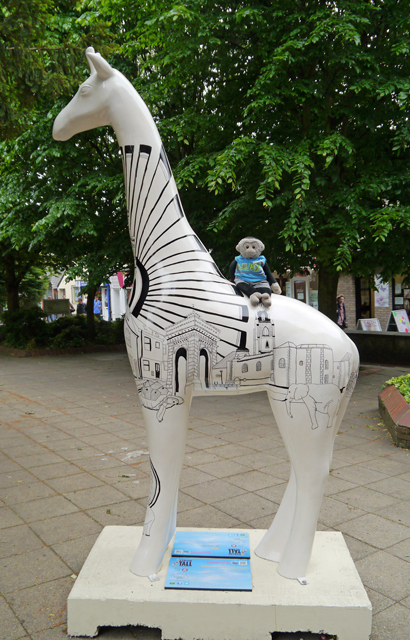 3
3 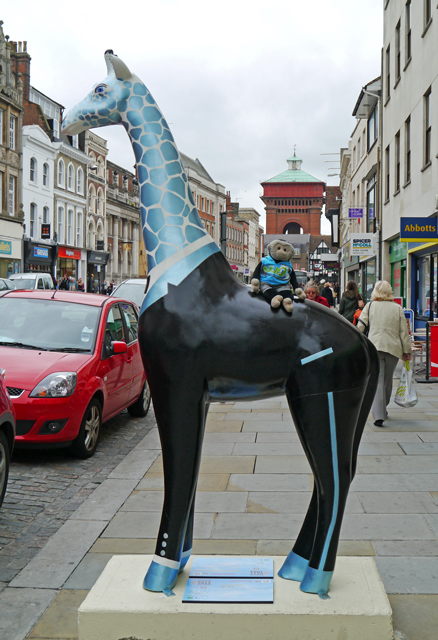
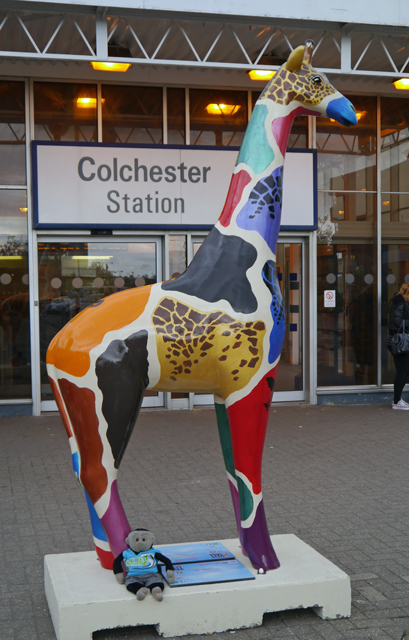 5
5 